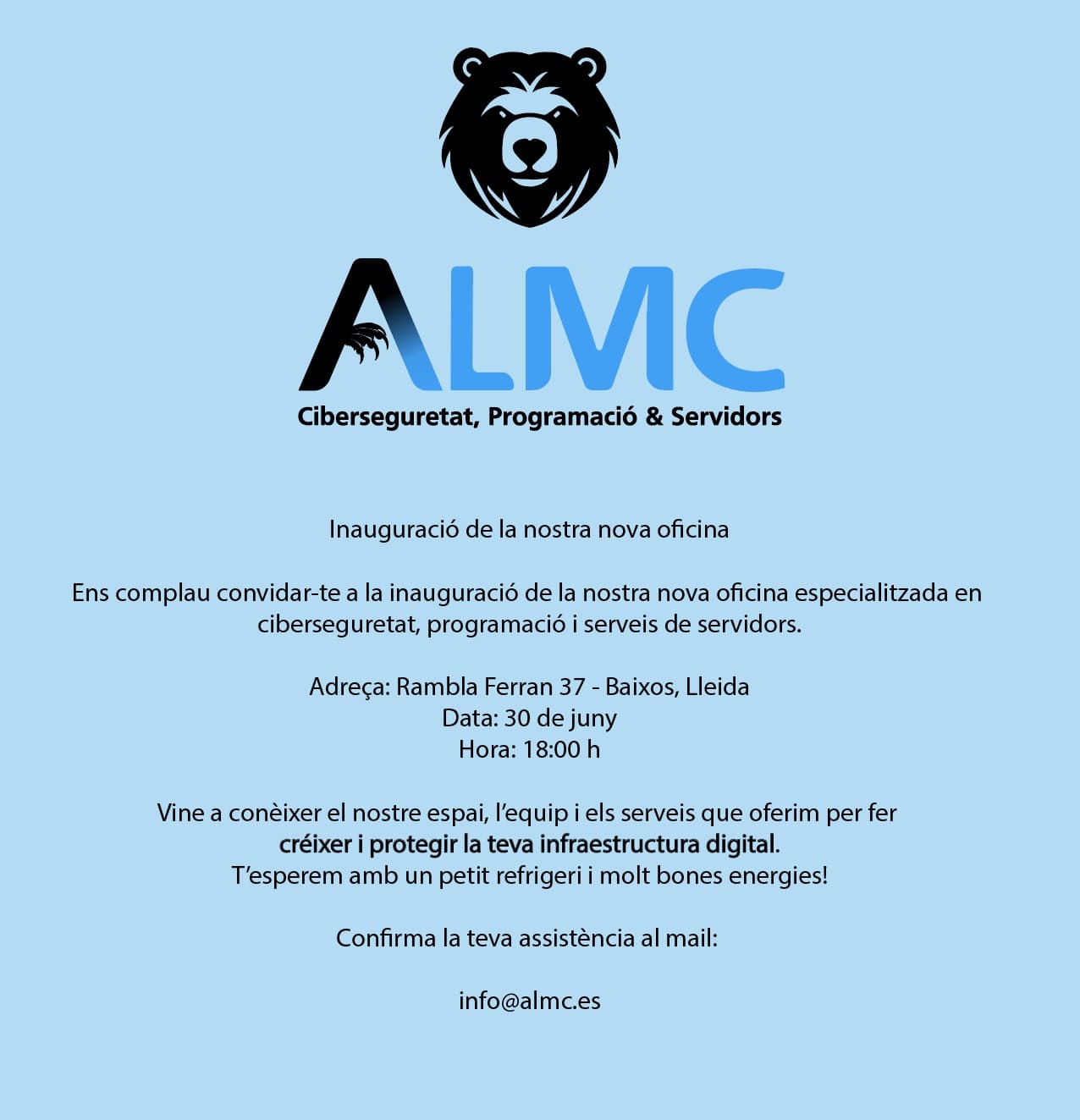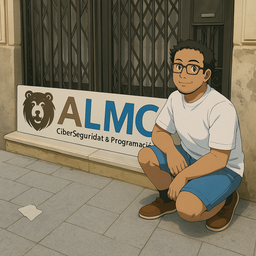Gmail MCP Server
An MCP server that lets AI agents search Gmail threads, understand your email writing style, and create draft emails.
1. Get Google Authentication
Step 1: Create a Google Cloud Project
- Go to Google Cloud Console
- Click "Select a project" dropdown at the top
- Click "New Project"
- Enter a project name (e.g., "Gmail MCP Server")
- Click "Create"
Step 2: Enable Gmail API
- In your new project, go to "APIs & Services" → "Library"
- Search for "Gmail API"
- Click on "Gmail API" and click "Enable"
Step 3: Create OAuth2 Credentials
- Go to "APIs & Services" → "Credentials"
- Click "Create Credentials" → "OAuth Client ID"
- If prompted, configure the OAuth consent screen:
- Choose "External" user type
- Fill in required fields (App name, User support email, Developer email)
- Add your email to "Test users" section
- Save and continue through all steps
- Back in Credentials, click "Create Credentials" → "OAuth Client ID"
- Choose "Desktop application" as the application type
- Enter a name (e.g., "Gmail MCP Client")
- Click "Create"
- Important: Copy the Client ID and Client Secret from the confirmation dialog (you'll need these for configuration)
Step 4: Grant OAuth Scopes
When you first run the server, it will open your browser for authorization. The server requests only these minimal permissions:
What We Request:
-
✅ Gmail Readonly Access (
gmail.readonly)- Search and read your email messages
- Download email attachments
- View email metadata (subjects, senders, dates)
-
✅ Gmail Compose Access (
gmail.compose)- Create email drafts
- Update existing drafts
- Delete drafts
- Send emails (permission granted but not used by this server)
What This Server Actualy Implements:
- ✅ Search and read emails - Full search capabilities
- ✅ Extract attachment text - Safe PDF/DOCX/TXT text extraction
- ✅ Create/update drafts - Smart draft management with thread awareness
- ❌ Send emails - Server doesn't implement sending (though permission is granted)
- ❌ Delete emails - Server doesn't implement deletion
- ❌ Modify labels - Server doesn't implement label management
2. Add to MCP Clients
Build the server first: go build .
You'll want to add this to your agent's configuration file:
{
"mcpServers": {
"gmail": {
"command": "C:/path/to/your/auto-gmail.exe",
"env": {
"GMAIL_CLIENT_ID": "your_client_id_here.apps.googleusercontent.com",
"GMAIL_CLIENT_SECRET": "your_client_secret_here",
"OPENAI_API_KEY": "your_openai_api_key_here"
}
}
}
}
⚡ Persistent HTTP Mode (Recommended to Avoid OAuth Popups)
Problem: In stdio mode, Cursor starts a fresh server process each time (and for each tab), causing OAuth popup spam.
Solution: Run the server as a persistent HTTP daemon that authenticates once and stays running.
Quick Start:
# Build the server
go build -o gmail-mcp-server
# Start persistent server (OAuth only once!)
./gmail-mcp-server --http
# Or with custom port
./gmail-mcp-server --http 3000
What Happens:
- ✅ OAuth popup appears ONCE when server starts
- ✅ Server runs persistently on http://localhost:8080
- ✅ No more OAuth popups - server stays authenticated
- ✅ Multiple Cursor tabs/windows can connect to same server
Cursor Configuration (Still Use stdio for now):
{
"mcpServers": {
"gmail": {
"command": "C:/path/to/your/gmail-mcp-server",
"env": {
"GMAIL_CLIENT_ID": "your_client_id_here.apps.googleusercontent.com",
"GMAIL_CLIENT_SECRET": "your_client_secret_here",
"OPENAI_API_KEY": "your_openai_api_key_here"
}
}
}
}
The difference: You start the server manually once instead of letting Cursor start it fresh each time.
Server Status:
- Visit http://localhost:8080 to see server status
- Health check: http://localhost:8080/health
- View available tools and configuration examples
Add to Cursor
- Press
Ctrl+Shift+P(Windows/Linux) orCmd+Shift+P(Mac) - Click the MCP-tab
- Click '+ Add new global MCP server'
- Edit config file
Add to Claude Desktop
- Go to File > Settings > Developer > Edit Config
- Edit Config file
Manual Configuration Alternative:
You can edit these config files directly if you know where to find them:
- Cursor:
C:\Users\[User]\.cursor\mcp.json - Claude Desktop:
%APPDATA%\Claude\claude_desktop_config.json(Windows)
3. MCP Tools and Resources
Tools:
search_threads- Search Gmail with queries like "from:email@example.com" or "subject:meeting" (includes draft info)create_draft- Create email drafts or update existing drafts (AI will request style guide first)extract_attachment_by_filename- Safely extract text from PDF, DOCX, and TXT attachments using filenameget_personal_email_style_guide- Get your email writing style guide (this is a temporary tool, created because most agents do not yet support fetching resources--once agents implement MCP resources better, then thsi tool can be removed)
Resources:
file://personal-email-style-guide- Your personal email writing style (auto-generated or manual)
Prompts:
/generate-email-tone- Analyze your sent emails to create personalized writing style/server-status- Show file locations and server status
4. Personal Email Style Guide
The server will create a style-guide file based on the last 25 emails you've sent, so that newly drafted emails will hopefully sound like you. Honestly, so far LLM-written emails still don't sound very authentic.
Manual Generation:
- Run
/generate-email-toneprompt in your MCP client anytime to regenerate - The file is saved to your app data directory (see File Storage Locations above)
AI Integration:
- AI always calls
get_personal_email_style_guidetool before writing emails - Ensures consistent personal style across all communications
- Resource also available at
file://personal-email-style-guide
5. Alternative way to Setup Environment Variables
If you want to run this MCP server outside of an agent, you can create a .env file based on the .env.example file and supply the environment variables that way, or export them into your environment prior to running:
export GMAIL_CLIENT_ID=your_client_id_here.apps.googleusercontent.com
export GMAIL_CLIENT_SECRET=your_client_secret_here
export OPENAI_API_KEY=your_openai_api_key_here
6. File Storage Locations
The server stores authentication and configuration files in standard application directories:
File Locations:
- Windows:
C:\Users\[YourUsername]\AppData\Roaming\auto-gmail\ - Mac:
~/.auto-gmail/ - Linux:
~/.auto-gmail/
Important Files:
token.json- OAuth authentication token (auto-generated)personal-email-style-guide.md- Your email writing style guide (auto-generated or manual)
Quick Commands:
- Use
/server-statusin your MCP client to see exact file paths - Delete
token.jsonto force re-authentication with updated permissions
7. TODOs
- Improve OAuth login flow - ✅ SOLVED! Use persistent HTTP mode (
./gmail-mcp-server --http) to avoid OAuth popups. Server authenticates once and stays running. - Full HTTP MCP Transport - Waiting for mark3labs/mcp-go to expose complete HTTP transport APIs
- Better Email Authenticity - LLM-written emails still don't sound perfectly authentic despite style guides




